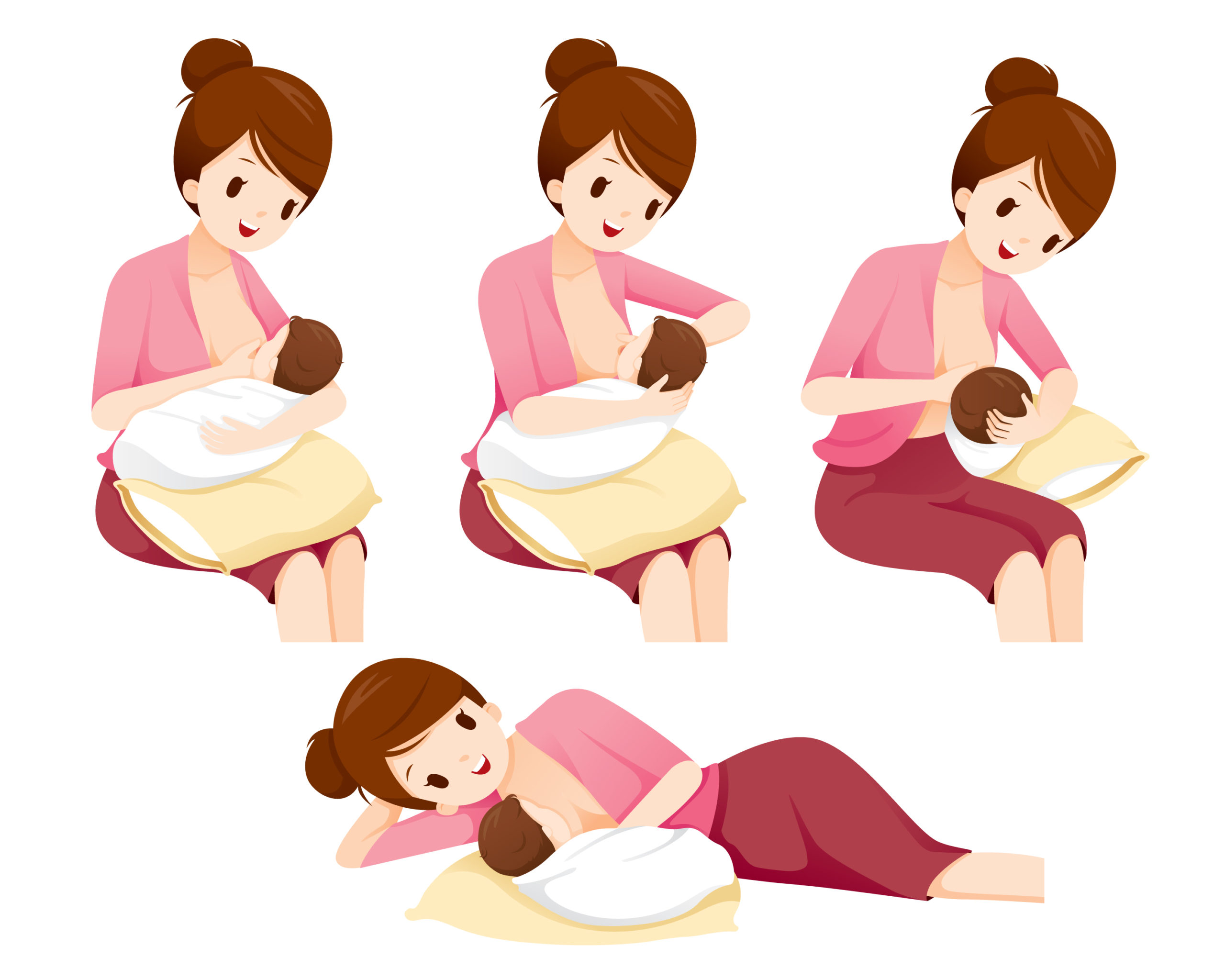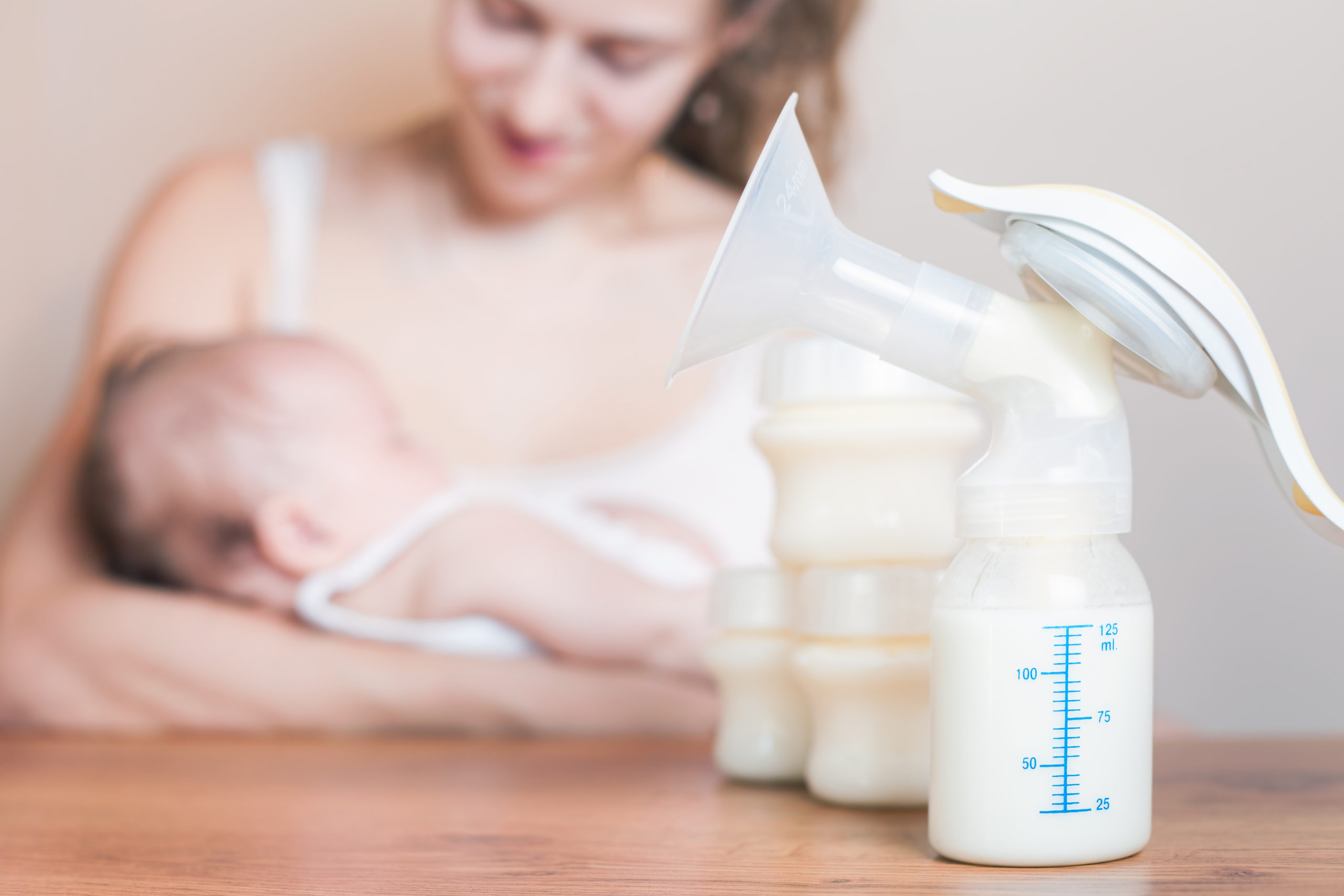Giving birth to a baby is a miracle on its own. However, giving birth to a premature baby and nurturing it to good health, with utmost care, patience and love, is a whole different league. One such story is that of Neha who gave birth to her little one at 30 weeks of gestation. Needless to say, Neha and her partner were on the verge of breaking down when they learnt that they were going to give birth to a premature baby.
NICU procedures and equipment
In today??s day and age of technological growth, there are a plethora of procedures and top-notch equipment available to help nurture a premature bay into the pink of health. Motherhood??s Neonatal Intensive Care Unit (NICU) provides exactly that to the concerned parents of a preterm baby. Along with world-class respiratory equipment, monitoring equipment, feeding tubes, incubators and phototherapy, Motherhood??s NICU also offers the love and care every premature baby needs to grow and develop into a healthy and fit little one.
Furthermore, Motherhood has a level 3 NICU which is equipped to take care and nurture even the smallest and sickest of babies. Apart from premature babies, the level 3 NICU also focuses on taking care of newborns with dangerous illnesses. The staff which works around the clock to ensure the babies get nothing but the best include renowned neonatologists, experienced neonatal nurses and certified respiratory therapists.
Care and treatment for preterm babies
Motherhood??s NICU is one of the most-preferred hospitals to take care of preterm babies. In Neha??s case, her preterm baby was born is 30 weeks of gestation with a birth weight of just 1 Kg 200 gms. Due to the preterm delivery and RDS, the newborn had to be admitted in Motherhood??s NICU and nurtured to health for more than a month.
The mother came with the history of 7 and half months of pregnancy with the history of previous caesarian section and she had a cervical stitch in view of a uterine anomaly. She had leaking of amniotic fluid and very little fluid around the baby. She underwent an emergency caesarian section and the baby needed an NICU admission with previous lSCS. This led to Neha having cervical stitches in situ with a bicornuate uterus (Recurrent pregnancy loss), premature rupture of membrane and anhydramnios (lack of amniotic fluid). Due to this condition, Neha??s newborn had to be kept in Motherhood??s NICU. However, with the help of advanced technology, support and care provided by the sisters and doctors at NICU, the baby is now doing well. According to Dr. Prashanth Gowda, Consultant Neonatologist and Pediatricians, the baby is healthy with normal neonatal screening and age appropriate developmental milestones. Neha??s little one was discharged on 8th of April, 2017, and is doing fine post discharge. Dr. Prashanth Gowda also adds that the bundle of joy is in perfectly good health and the parents are very happy with the NICU team, the doctors and management at Motherhood hospitals.


 Toll Free Number
Toll Free Number
















